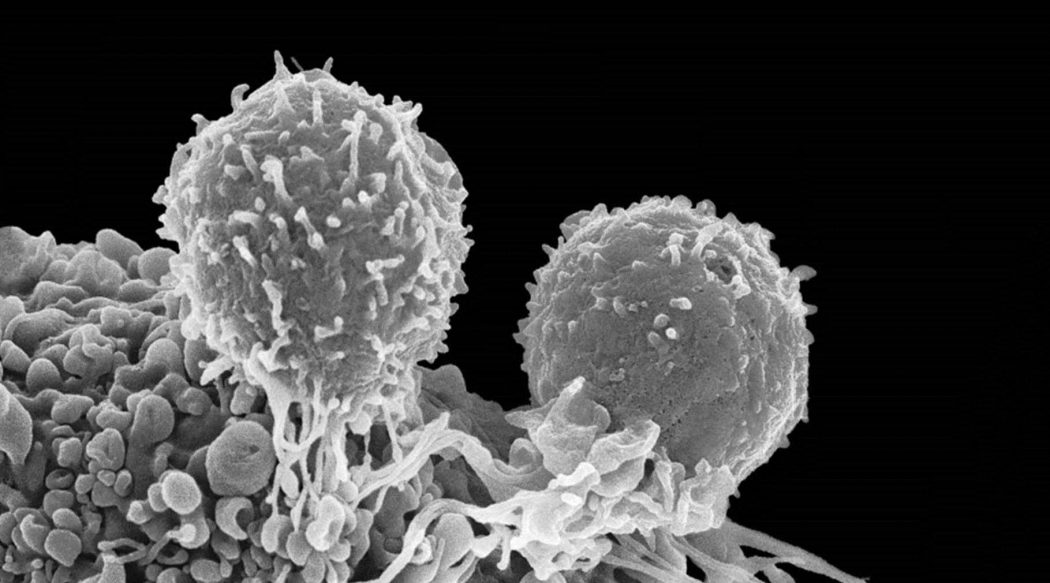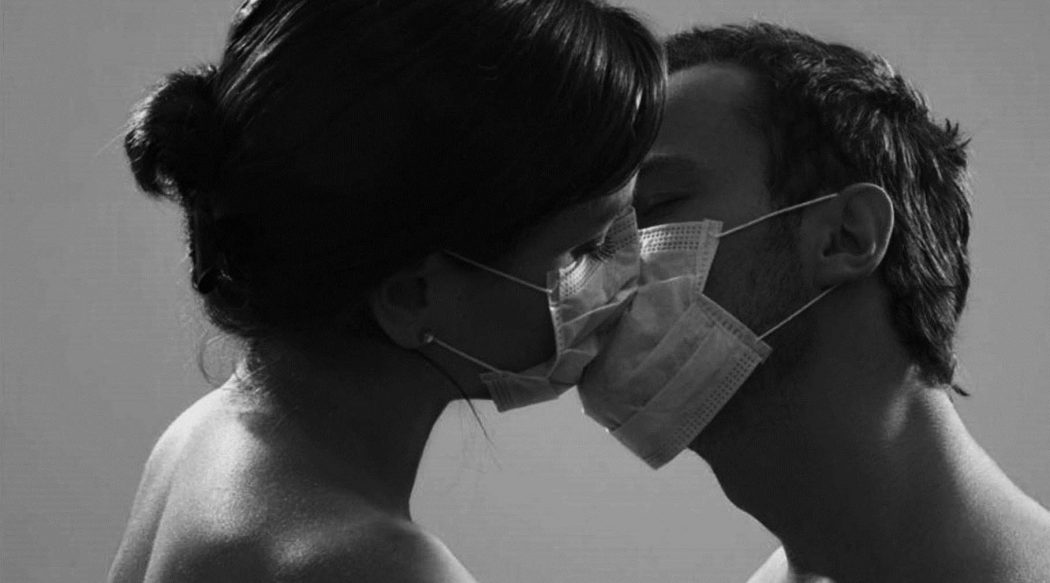Signaling and cueing theories suggest that animals are sensitive to morphological features which might provide information about the genetic quality of a potential mate, especially as it pertains to the organism’s health and viability. Indeed, mating with an unhealthy partner confers a number of risks to both the individual and their offspring. Yet surprisingly little empirical evidence currently exists to…
Browsing Category : Research
Across cultures, health is an important mating characteristic (Buss et al., 1990). Recent research shows that both men and women rank health as the fourth most important trait (out of 18) in a marriage partner, and that men and women rank health as the third most important trait (again, out of 18) in a partner for their sons and daughters…
The ratio of reproductively-viable males to females in a given population (i.e., the Operational Sex Ratio) can influence a host of mating-related behaviors. We are interested in examining how human behavior is sensitive to mate scarcity versus abundance. We have recently found that men and women primed with perceived mate-scarcity behave more aggressively toward an intrasexual competitor (Arnocky, Ribout, Mirza,…
Ornamentation is common in the natural environment, where successful displays to the opposite sex can lead to mating opportunity. We are studying the many ways human morphology can signal mate-value (Arnocky, Bird, & Perilloux, 2014), as well as how individuals alter their morphological displays through modern practices such as diet pills, skin tanning, and cosmetics use (Arnocky, Perilloux, Cloud, Bird,…
In sexually-reproducing species, both intersexual and intrasexual competition can bolster reproductive fitness (Darwin, 1859; 1871). We are exploring how competition is expressed in human behavior, with a focus on direct aggression (physical violence, threats), indirect aggression (gossiping, social exclusion) in both peer (Arnocky & Vaillancourt, 2012) and romantic relationships (Arnocky, Sunderani, Miller, & Vaillancourt, 2012). Our recent work in this…
Mate-poaching involves attempting to mate with someone who is already in an existing relationship. Mate-poaching is risky, with the possibility of retaliation from the cuckold or opprobrium from the social group. This begs the question: Why mate-poach, when there are so many eligible mates available? We are interested in understanding whether mate-poaching confers mating benefits (Arnocky, Sunderani, & Vaillancourt, 2013),…






